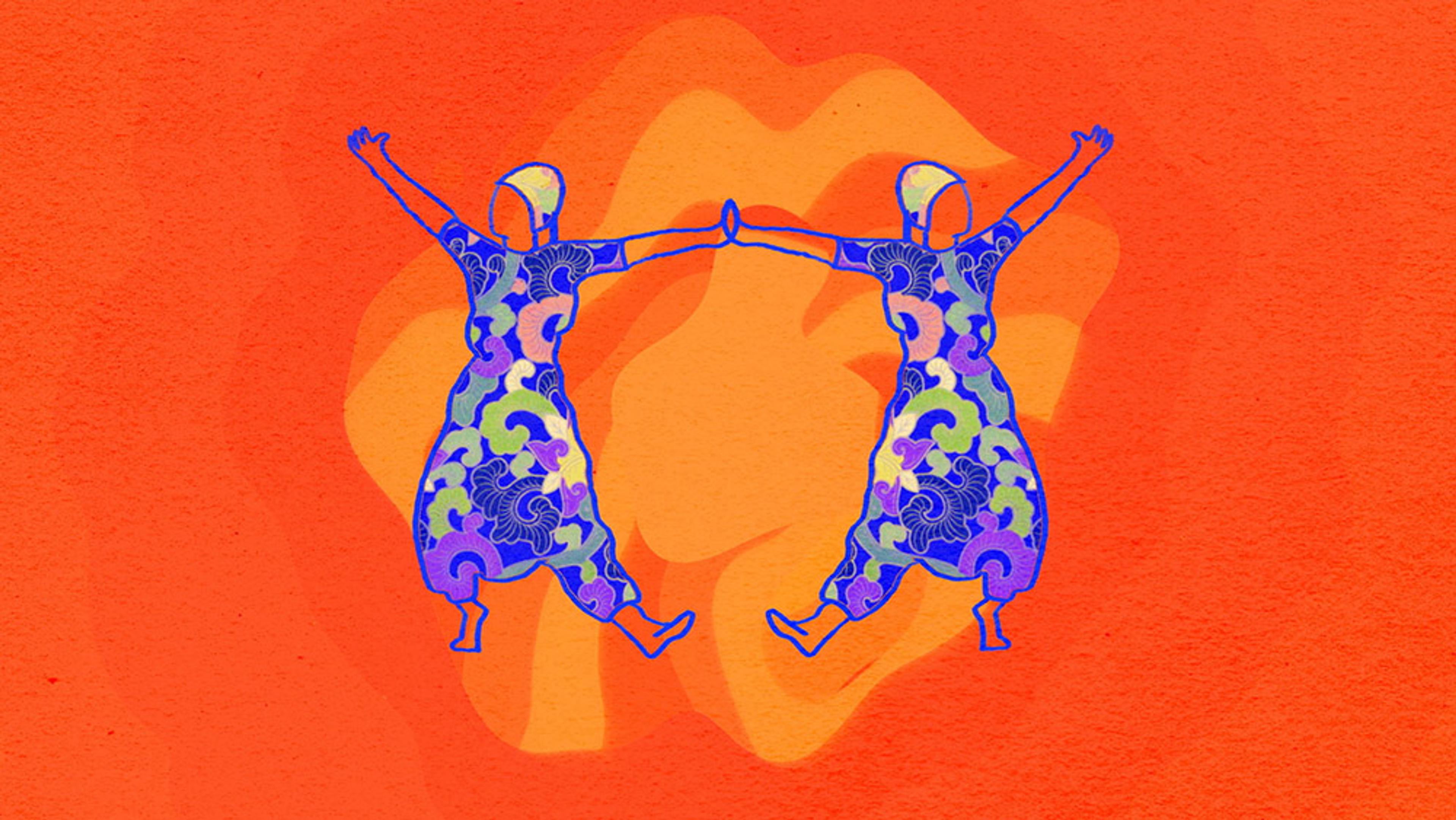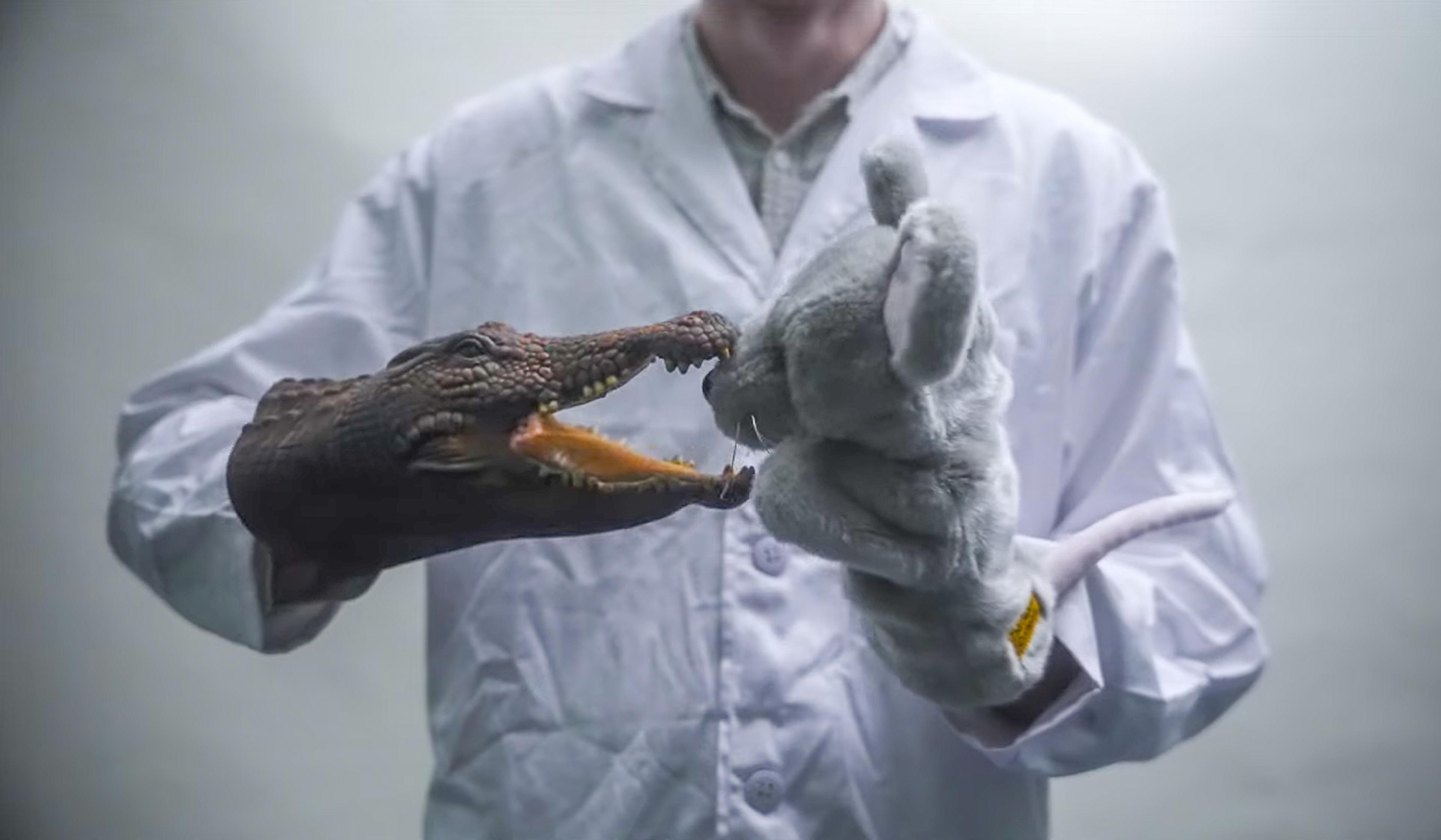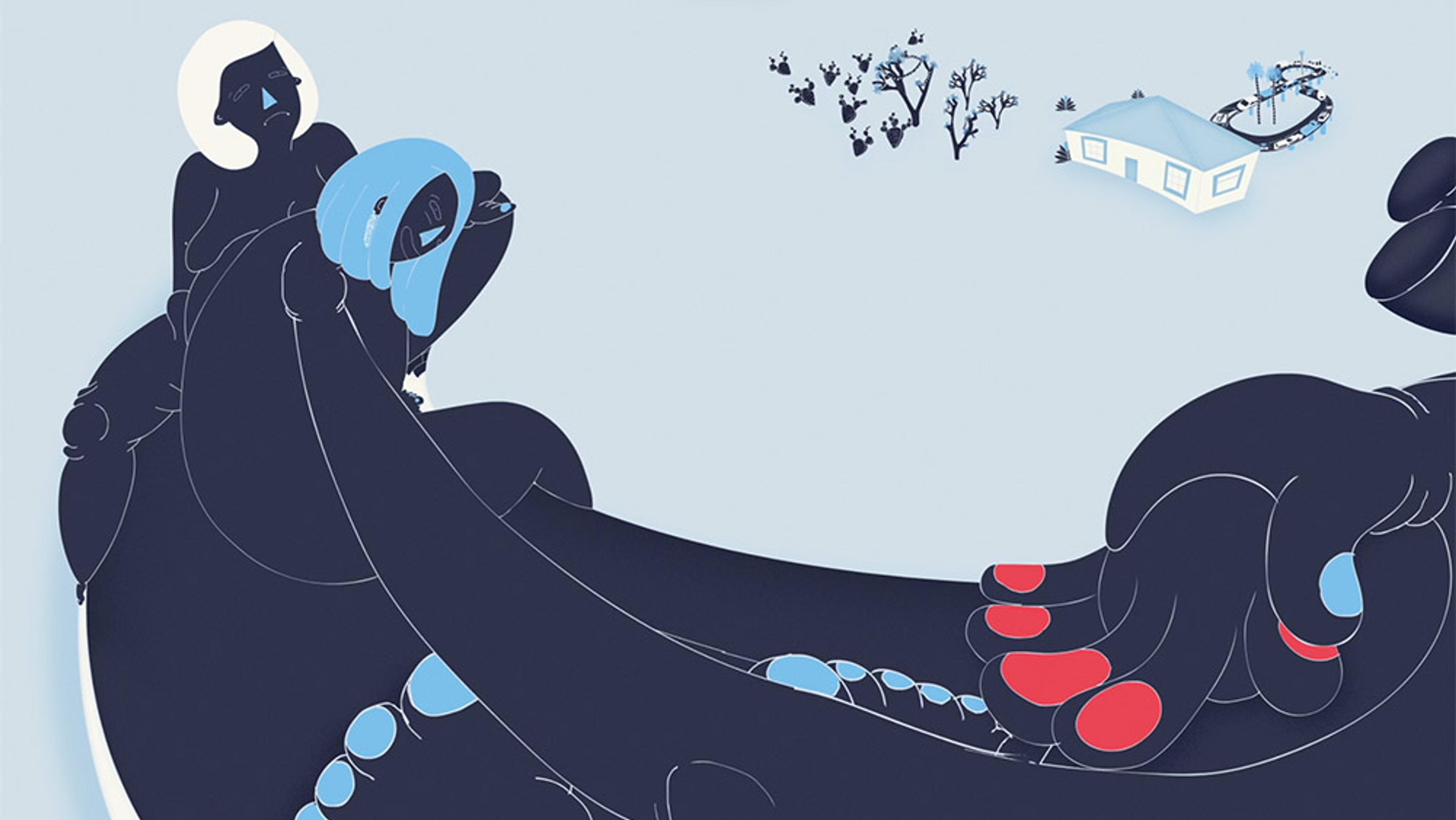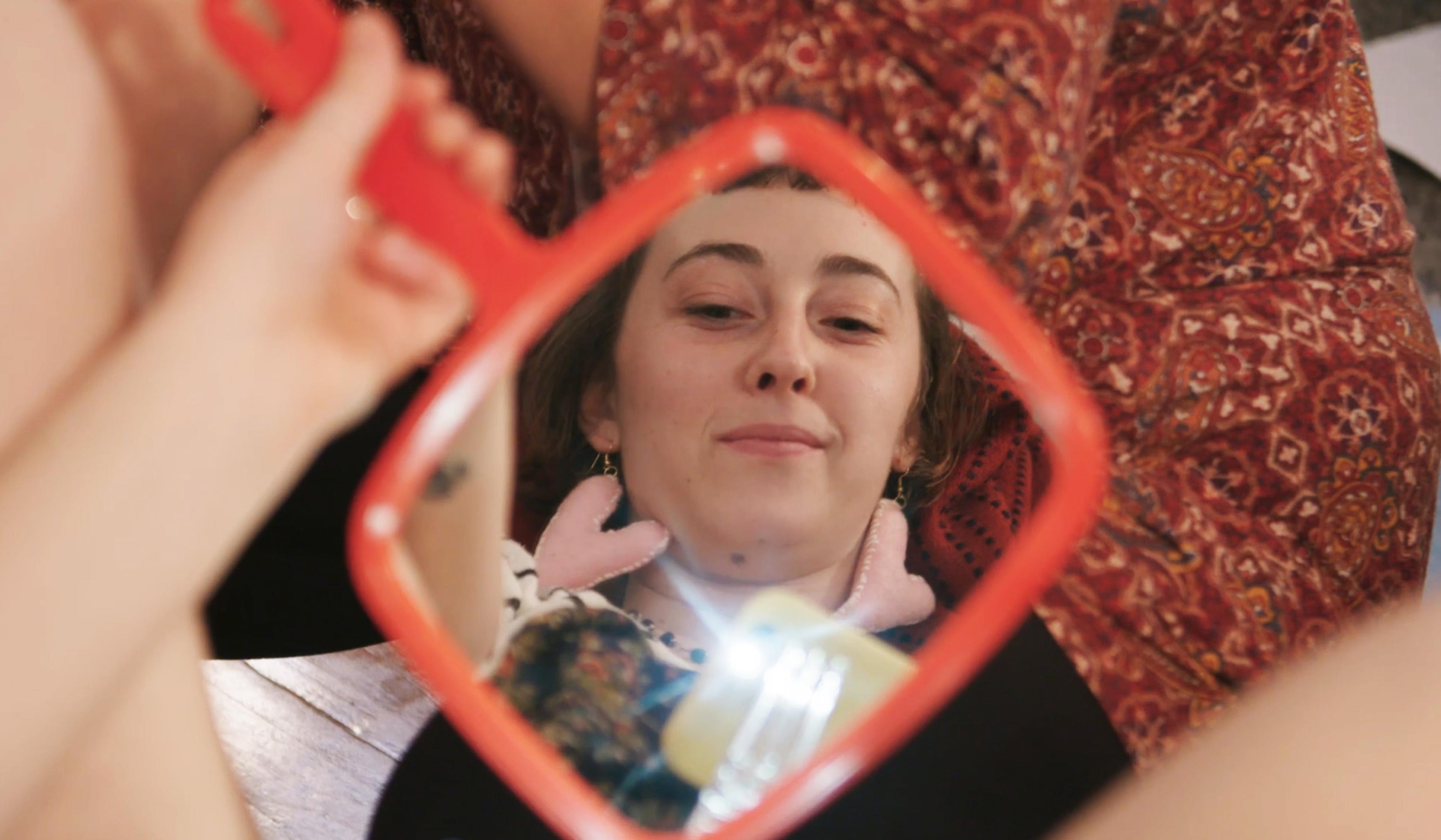Despite the modern Western obsession with bodyweight, the idea that fat bodies are unsightly and unhealthy is largely unprecedented in human history. Nevertheless, the thin ideal is spreading, permeating societies where ‘a little extra’ has been celebrated, even until very recently. But, as this short video collaboration between Aeon and SAPIENS explains, the idea of fat as something we should get rid of is a historical outlier. Playfully visualised by the London-based Kazakh animator Ermina Takenova, What Fat Is For probes the complex role of fat across human society, from mysterious Palaeolithic figurines to Jamaican dance halls, treating this vital component of our bodies with the complexity, even reverence, it deserves.
Abundance has made fat an enemy, but it’s been a friend to humans for millennia
Director and Animator: Ermina Takenova
Producer: Kellen Quinn
Writer: Nicola Williams
Associate Producer: Adam D’Arpino
Sound Design: Adam D’Arpino, Eli Cohn

videoDance and theatre
Dance seems to be the ultimate frivolity. How did it become a human necessity?
4 minutes

videoDeath
Even in modern secular societies, belief in an afterlife persists. Why?
9 minutes

videoGender and identity
Mind racing, body still – for Ming, being a nude figure model is emotionally fraught work
3 minutes

videoEthics
Plato saw little value in privacy. How do his ideas hold up in the information age?
5 minutes

videoGender and identity
A magical mystery trip through the complex connections in women’s bodies
5 minutes

videoArt
Defying classification, fantastical artworks reframe the racism of Carl Linnaeus
8 minutes

videoHistory of science
The body as machine: first imagined in 1927, now brought to new, animated life
3 minutes

videoTeaching and learning
The vulva dialogues – inside a sex-ed class that rebels against genitalia shame
11 minutes

videoPhilosophy of mind
Embodied cognition seems intuitive, but philosophy can push it to some strange places
14 minutes